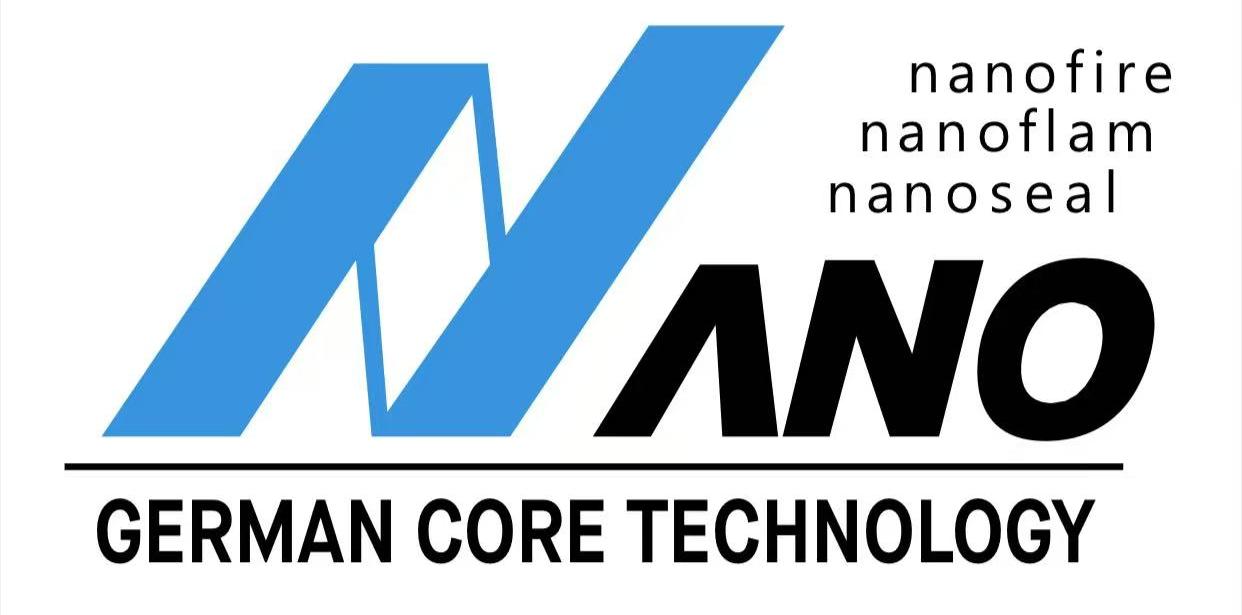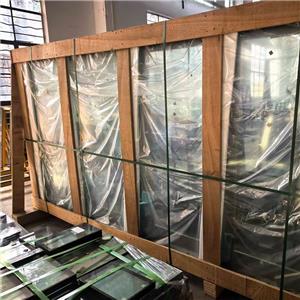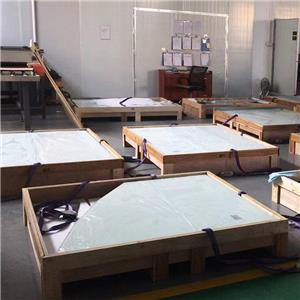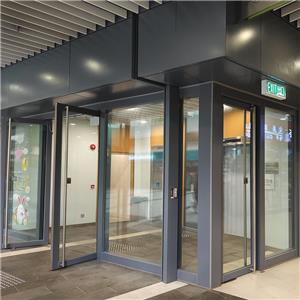Nano-Silicon Composite vs. Traditional Fireproof Glass
Performance Parameter Comparison:
Significant differences exist in key performance parameters between Nano-Silicon composite fireproof glass and traditional fireproof glass (such as laminated fireproof glass and grout-filled fireproof glass). The following comparison table and selection advice aim to provide a clear understanding for informed decision-making.
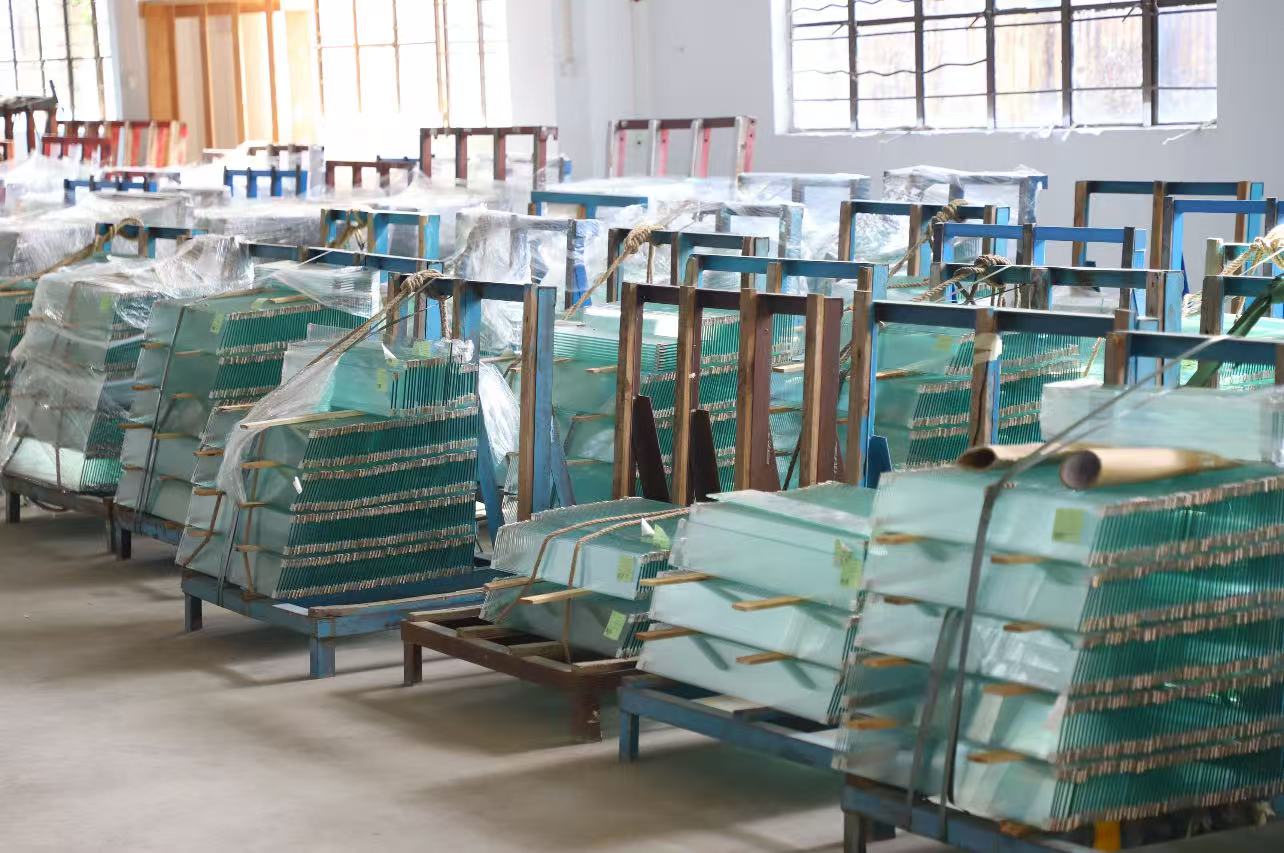
Performance Parameter | Nano-Silicon Composite Fireproof Glass | Traditional Laminated Fireproof Glass | Traditional Grout-Filled Fireproof Glass |
|---|---|---|---|
? Fire Resistance Time | Customizable from 0.5h to 3.0h, up to a maximum of 3 hours | Typically around 1 hour | Usually lower than Nano-Silicon, with poorer stability |
?️ Fire Performance Class | Can achieve Class A (EI) (Integrity and Insulation) | Class C (Non-Insulating Type, Integrity only) | Insulating type, but stability is poor |
❄️ Thermal Insulation | Excellent, effectively blocks heat transfer | Poor, cannot effectively block heat transfer (Non-Insulating Type) | General, but greatly influenced by materials and craftsmanship |
☀️ Light Transmittance | Factory standard typically ≥80% (e.g., 5+1+3mm structure) | Good, but long-term clarity may be affected by film aging or impact | Prone to yellowing and bubbling under sunlight, significant decrease in transmittance |
?️ Weather Resistance | Excellent, UV resistant, remains clear even after 10+ years of use | Good | Poor, prone to bubbling, yellowing, delamination, or even leakage after 2-3 years |
? Thickness Range | 10mm – 75mm (Wide customization range) | Depends on the number of film and glass layers | Depends on the thickness of the grout material |
? Environmental & Safety | Green and eco-friendly, uses food-grade fireproof materials, no toxic gas release during fire | PVB film may release harmful gases | Some fireproof liquids may contain toxic substances, combustion may release toxic gases |
? Relative Cost | Higher | Medium | Lower initially, but maintenance and replacement costs may increase due to poor weather resistance |
? How to Choose Fireproof Glass
Selecting fireproof glass should be based on a comprehensive consideration of the specific application scenario, safety requirements, and budget. You can refer to the following points:
Clarify Fire Resistance and Insulation Needs: First, confirm the required fire resistance duration (e.g., 0.5h, 1h, 1.5h, 2h, 3h) and whether thermal insulation is required (e.g., for partitions needing to block heat radiation). Critical areas in high-rise buildings (e.g., refuge areas, firewalls) often demand higher specifications.
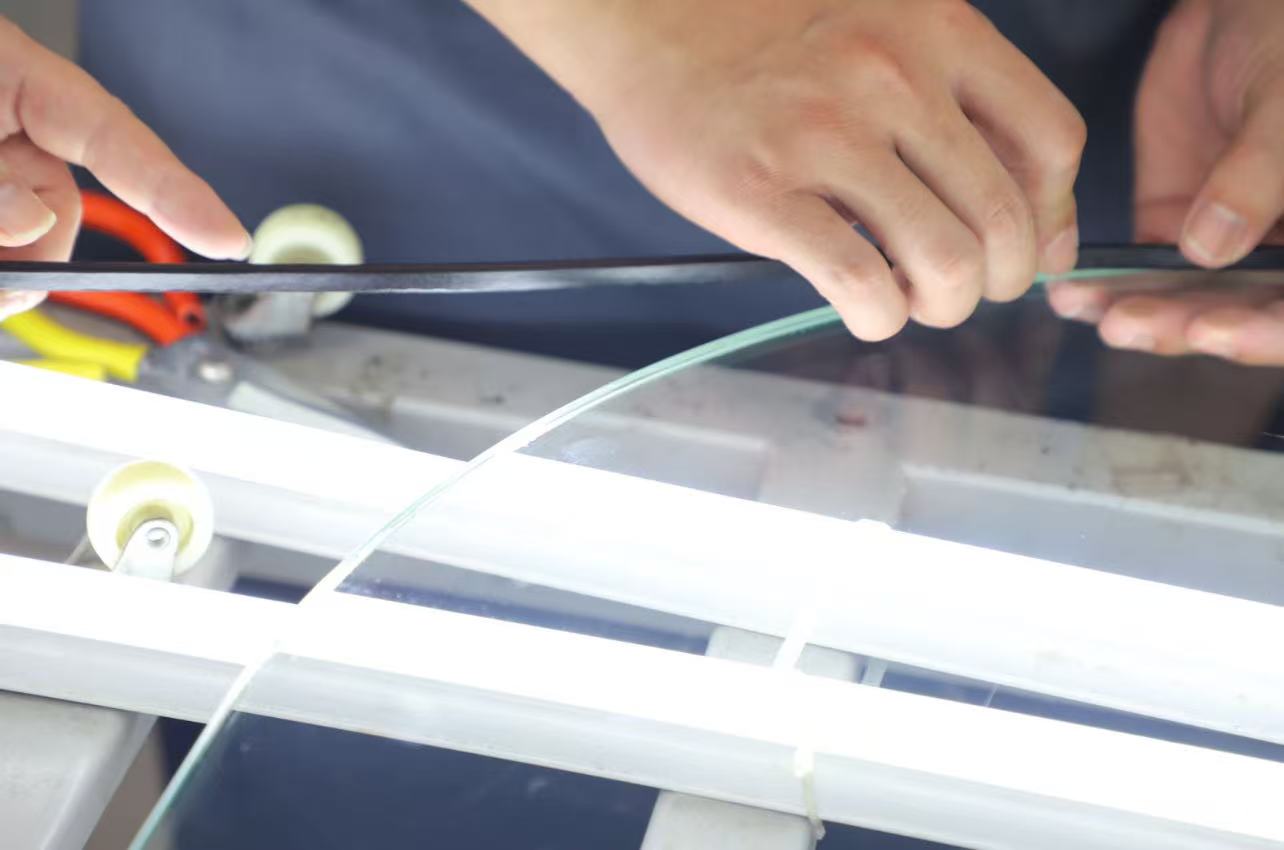
Consider Weather Resistance and Service Life: For outdoor applications or areas requiring long-term aesthetic appeal (e.g., building curtain walls, skylights), Nano-Silicon fireproof glass is a more reliable choice due to its exceptional weather resistance.
Focus on Environmental Safety: In public places with high occupant density (e.g., hospitals, schools), choosing environmentally friendly glass (like Nano-Silicon) that does not release toxic gases during a fire is particularly important.
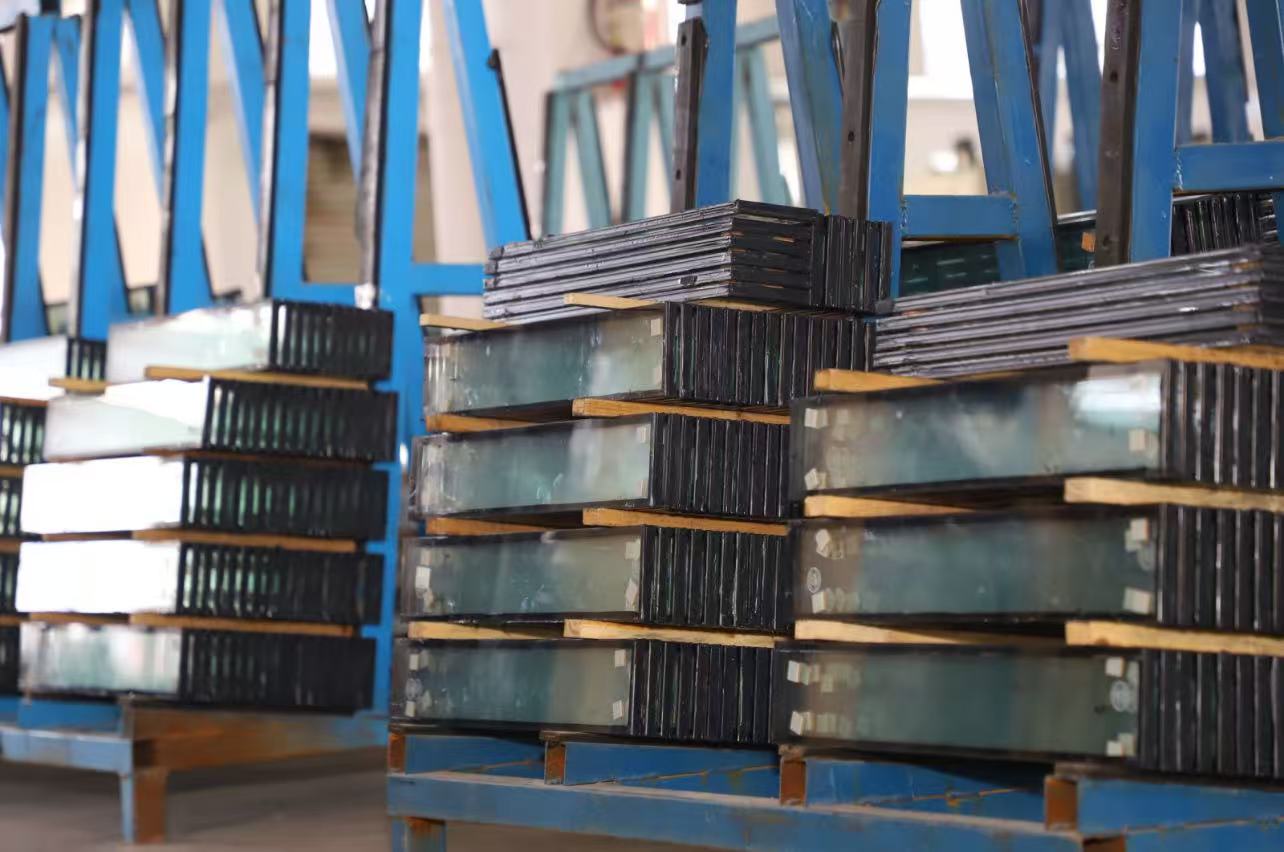
Balance Initial Cost with Long-Term Value: Although the initial investment for Nano-Silicon glass is higher, its long service life and low maintenance requirements may offer better cost-effectiveness over its entire lifecycle. Grout-filled glass has a lower initial cost but requires consideration of potential future replacement expenses and hassles.
Verify Certifications and Standards: When purchasing, always require suppliers to provide documentation proving compliance with national mandatory certifications (e.g., CCC certification in China) and relevant fire protection standards (e.g., GB 15763.1), ensuring their performance claims are reliable.
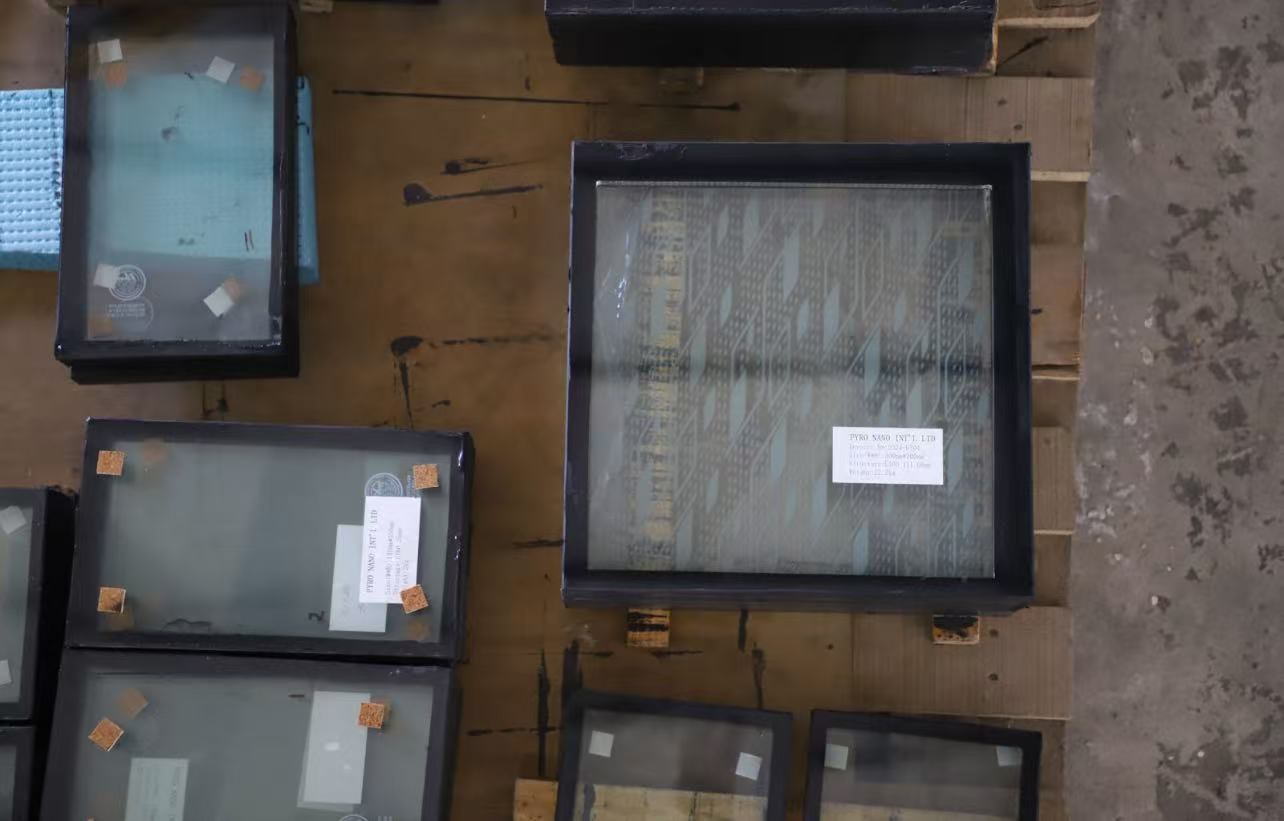
? Summary
Nano-Silicon composite fireproof glass generally offers superior performance in fire resistance limits, thermal insulation, weather resistance, service life, and environmental safety, making it particularly suitable for applications with high demands for safety, durability, and aesthetics. Traditional laminated or grout-filled fireproof glass, while having cost advantages, may lack in long-term performance and reliability.
Ultimately, the choice should be based on the project's specific design requirements, codes, standards, and budget. We hope this information is helpful.
